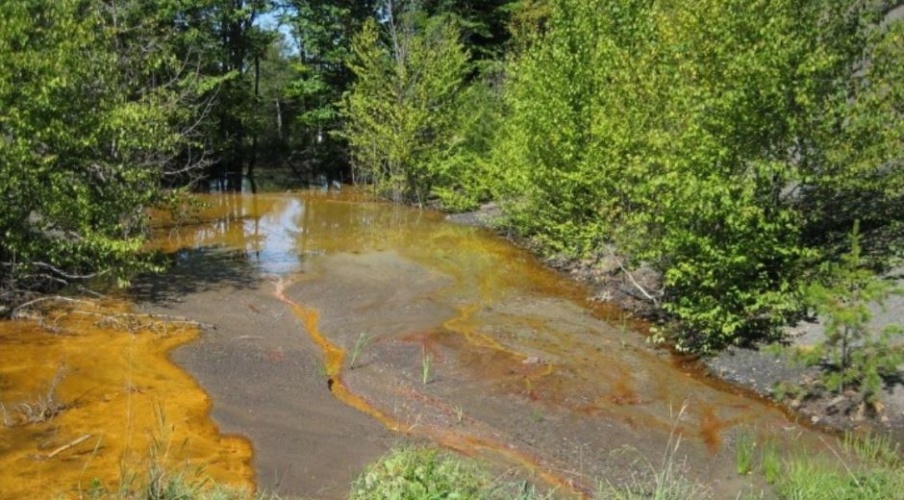
Pennsylvania State University (Penn State) scientists have developed a two-stage treatment process that enabled them to recover higher concentrations of rare earth elements using smaller amounts of chemicals than previously possible during AMD.
Chromatography techniques yield rare earth elements from coal ash
"This technique represents an efficient, low-cost and environmentally friendly method to extract these valuable minerals that are used in a wide variety of consumer and industrial products," said Sarma Pisupati, professor of energy and mineral engineering and director of the Center for Critical Minerals at Penn State.
According to Penn State, rare earth elements - a group of 17 minerals used in advanced technologies – have been designated as critical to the economic and national security of the US, which imports nearly 100 per cent of these materials. China produces about 85 per cent of the world supply.
AMD from coal mining operations in Appalachia are said to representsa promising domestic source of rare earth elements because it often contains high concentrations of the minerals, and because it is already being collected and treated due to environmental concerns.
"We are currently incurring costs just to treat the water, and in many cases, we are not even collecting all these minerals," Pisupati said.
AMD occurs when iron sulphide unearthed by mining activity interacts with water and air and then oxidises, creating sulfuric acid. The acid then breaks down surrounding rocks, causing toxic metals to dissolve into the water, the scientists said.
Traditional treatment methods are aid to involve collecting the AMD in retention ponds and adding chemicals to neutralize the pH. This causes the dissolved metals to form into solids and settle out of the water. Up to 70 per cent of rare earth elements can be extracted as a sludge using this process, and the rest are released along with the treated water.
According to Penn State, the scientists found they could extract a higher concentration of rare earth elements and other critical minerals by adding carbon dioxide to the AMD and then bringing it to a neutral pH in two steps.
Using this method, 90 per cent of aluminium was recovered at a pH of 5 and 85 per cent of rare earth elements were recovered by pH 7, the scientists reported in Chemical Engineering Journal.
Adding carbon dioxide to AMD produces chemical reactions that result in the formation carbonites. The rare earth elements bond with the extra carbonites and precipitate out of the water at lower pH values.
This study is claimed to represent the first time that carbon dioxide mineralisation has been used to recover large concentrations of rare earth elements from AMD.
Recovering the same concentration of rare earth elements from AMD using traditional treatment methods would require adding additional chemicals to increase the pH beyond 7. The scientists said by lowering recovery costs, the new treatment method could make the domestic rare-earth-element market more competitive.




Glasgow trial explores AR cues for autonomous road safety
They've ploughed into a few vulnerable road users in the past. Making that less likely will make it spectacularly easy to stop the traffic for...